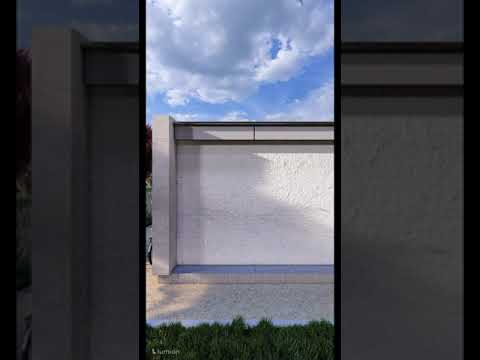Construction drawings are technical drawings used for the planning and execution of construction projects. They serve as visual guides for architects, engineers, contractors, and craftsmen. Here are some key aspects of construction drawings:
Types of Construction Drawings:
Floor Plans: Show the layout of rooms and walls in a building from a bird’s-eye view.
Sections: Provide a vertical cross-section through the building to illustrate heights and spatial relationships.
Elevations: Depict the exterior appearance of the building from various sides.
Detail Drawings: Focus on specific components or constructions to explain their execution in detail.
Scale: Construction drawings are created at a specific scale that indicates how the dimensions relate to actual size (e.g., 1:100).
Symbols and Legends: Standardized symbols are used in construction drawings to represent various elements such as doors, windows, furniture, or technical installations. A legend explains these symbols.
Technical Specifications: In addition to the drawings, construction plans often include technical data such as materials, dimensions, and special requirements.
Permits: Construction drawings are often part of the approval process with authorities, as they ensure that the planned construction complies with applicable regulations.
Digitalization: Nowadays, many construction drawings are created using CAD software (Computer-Aided Design), which allows for more precise and efficient planning.
Construction drawings are an essential part of the construction process and help ensure that projects can be successfully implemented. If you would like to know more about a specific aspect, feel free to ask!
Thanks to ChatGPT …

